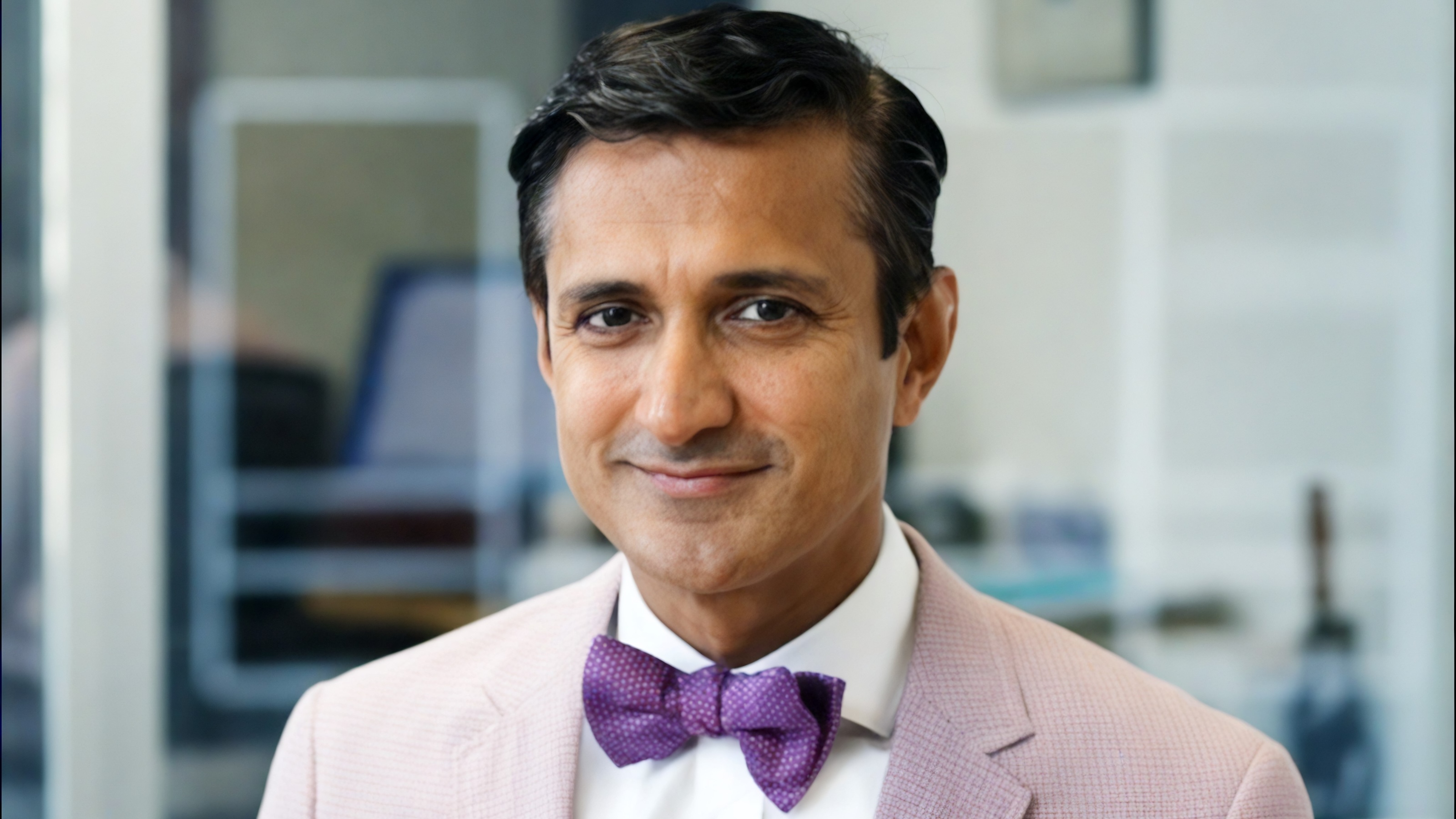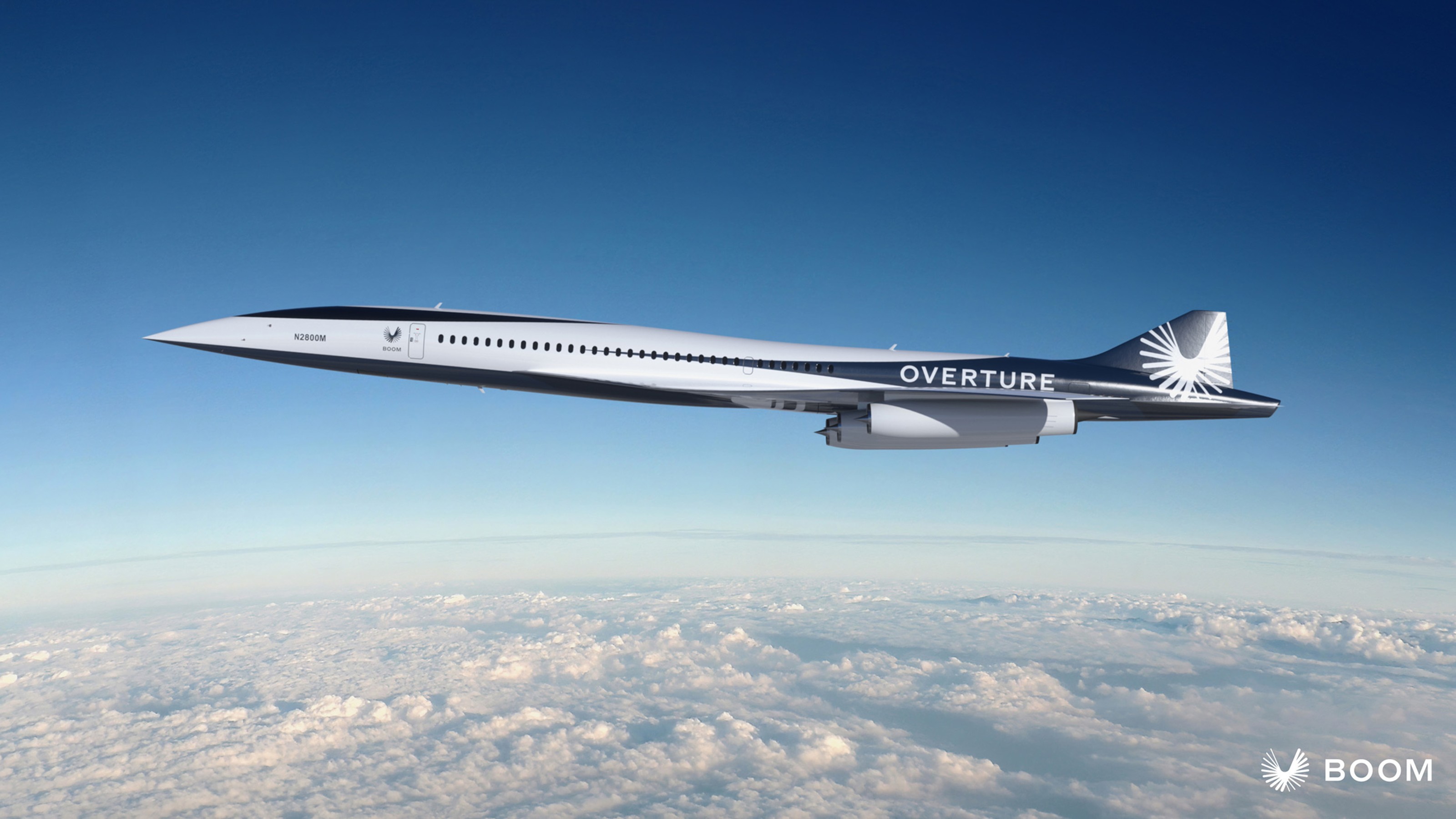With midtown Manhattan at capacity, Bob Lieber is focused on developing other parts of the city. Here’s why he thinks the Bronx is poised for growth.
Question: What other U.S. cities can we learn from?
Bob Lieber: I've always loved San Francisco. I've looked at San Francisco and Denver both as cities if I ever left New York, where would I go? Those are great cities. It's interesting, though: when you go there, particularly San Francisco, and you see what's going on in California today, there are a lot of people in California and in San Francisco who want to get out of there because the quality of life and the costs of operating and living there have gotten so extraordinary. I mean, we -- the budget deficit and what's going on there is obvious.
We can learn things from San Francisco as well. I mean, looking at what San Francisco has done around the water, for example, and how they use ferries, and after the tragedy of the 1989 earthquake, when the Embarcadero freeway came down, and how that's reopened up all the waterfront and reconnected the people in the city to the waterfront and how they use the ferry service to Tiburon and the East Bay, et cetera, I think are all great examples. It's a spectacular city and a place I'd -- if I were going to move, that would be certainly one of the ones I'd consider.
Question: Why Denver?
Bob Lieber: Mountains. The Rocky Mountains and the natural component of that, the skiing, the things you can do in the summer, it's just -- it's a great place. And I went to college there. It's just the diversity of the economy in Denver is not what it is in New York, obviously, or even what it is in San Francisco. But it's a great city. It's a great place; great people. So another great place. There are lots of great cities in the country. I grew up in L.A. It probably doesn't register quite as high to me today as it did, but -- no, they're are great places.
Question: What’s your favorite spot in New York City?
Bob Lieber: I guess my favorite spot is Central Park. There's so much going on there all the time. It's such a kind of a melting pot of all different people. There's always stuff that's happening. I live nearby, so it's easy to get there. But to think about what Central Park was like back in the '70s and '80s, it was not a hospitable place. It's not the place you wanted to go. You'd never go in there when it was dark. But now it's terrific, and I think what the public sector's done, what the private sector's done, with the Central Park Conservancy and other parts to really energize and program it, it's just a spectacular resource for New York City, and there's so many different things to do. I run through there, not every day but often, and -- probably a bit of a creature of habit -- but every time I run through there, there's still new stuff that I haven't seen or haven't noticed before, and I just think it's a great asset for what we have in the city.
Question: What’s the next up-and-coming area of the city?
Bob Lieber: Well, I think that when you think about the opportunities in the future -- I don't know what you want to define as a hot area per se -- but I think when we look at the areas where we're going to see growth, I think it's not going to be in midtown Manhattan. There's already enough going on here. Other than what's going on the future in Hudson Yards, I think other really hot areas are Brooklyn, Greenpoint-Williamsburg, Long Island City. I think both of those areas have seen a lot of investment and a lot of activity, and I really think they're poised for significant growth going forward. It's the trendy place for people to live. Folks like you want to live there. There's lots of restaurants; there's plenty of things to do. It's priced a little differently than other parts of the city. So I think those are the hot trendy areas here. But I think -- you look at Staten Island; Staten Island's got some really competitive advantages there as well in terms of the land that they have, and it's a more suburban type of an environment, which is I think very attractive to people, to particularly be that proximate to Manhattan.
But the other borough that I think has got tremendous potential -- and we've seen a huge change -- is what's taking place in the Bronx. There's been over $1.5 billion of private investment that's been made there in terms of what the Yankees and the Steinbrenner family did to build the new Yankee Stadium, the world champion Yankees and other things with Gateway Center and other developments, because the Bronx has got -- it's the poorest Congressional district in the country, so there's a lot of things that can take place. We've had huge success there with affordable housing. And I think that the Bronx is also well poised going forward. I don't think it's in the same time frame. It's not exactly the same place where I described Long Island City or downtown Brooklyn, but I think when you look at these different areas, a lot of it's going to be focused around transportation. So you have terrific mass transit access in downtown Brooklyn, you've got terrific mass transit access in Long Island City, you've got great mass transit access up in Harlem on 125th Street, so -- in the Bronx as well. So where you -- I think those hot areas are going to be defined by where the real -- the best transportation networks are. That's where we're trying to concentrate activity for growth going forward in the city.
Recorded on November 20, 2009





